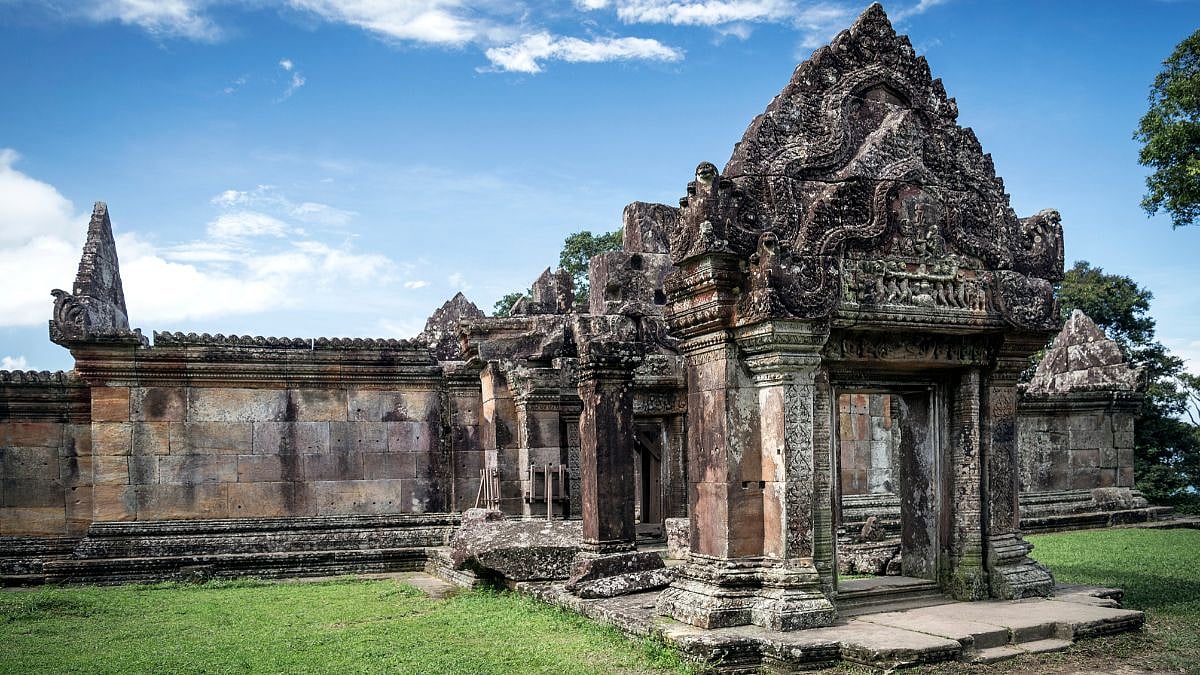Flying over the Greater Himalayas to reach Leh was the start of a much anticipated 10-day holiday in Ladakh. It so happened that our trip coincided with the annual Ladakh which sort of culminates in the Leh marathon. Early September, we had thought was what travel agents call a ‘shoulder season’, ie. not high on tourist arrivals. But with all these events, Leh was a crowded, busy and even noisy place in early September with the locals keenly aware of it being the fag end of the tourist season.
For most of us plains-dwellers, Ladakh is Leh, Khardung La at 18,000 ft, the Pangon Tso, Chang La at over 16,000 ft and the Nubra valley with its two-humped Bactrian camels. Also all the treks that take off from all or any of these places.
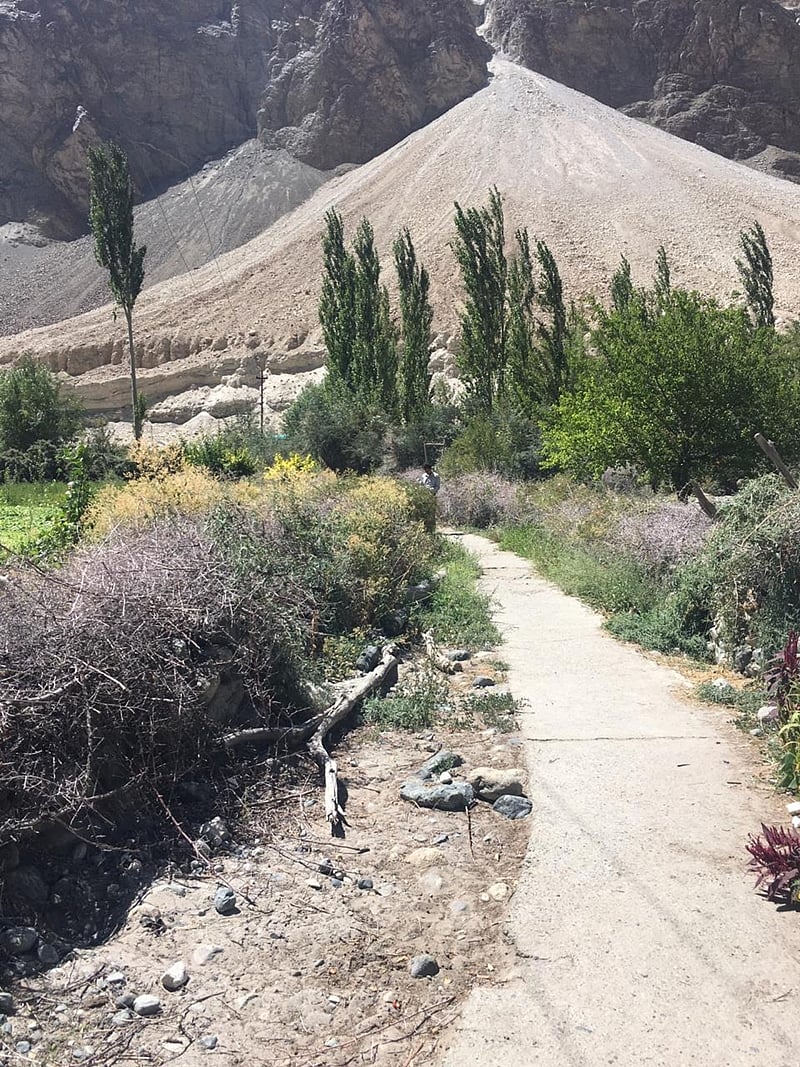
Sure, it is all this but there’s a lot more. Apart from the trekking trails, there is a food trail that could be followed since Ladakhi food, like the rest of the country, isn’t just one homogenous whole on the dietary front. There is a huge variety, from the Ladakhi-Tibetan to the Baltistani, made (in)famous in the UK by the term ‘Balti kitchen’ which is usually run by a Pakistani who serves greasy South Asian fare.
Our experience of Balti food, though, based on a lunch at an open air restaurant beside a field of buckwheat, under the shade of fruit laden apricot trees, in the town of Turtuk was anything but greasy. The freshly made kisir, a buckwheat flour crepe, is served with a sauce (we would call it a chutney): either a green one made from herbs that grow there or the other one, called moskot, a walnut-based one. No guesses which is the more popular one!
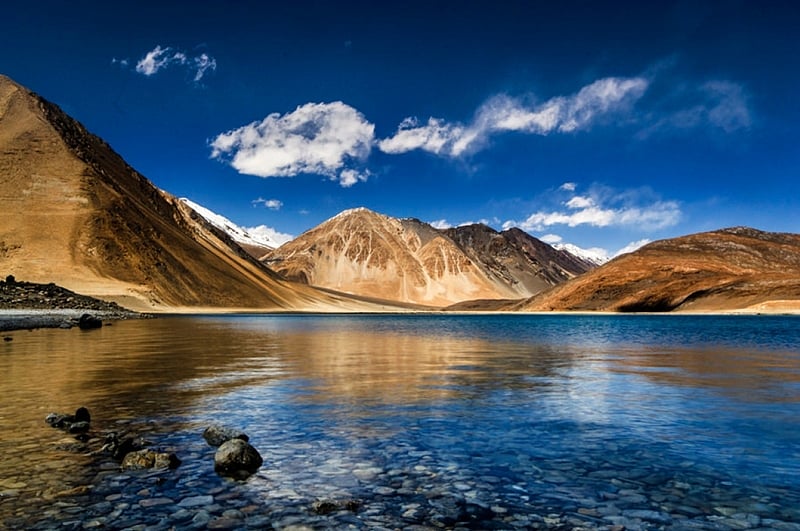
That Balti food made me jump ahead of the story. We began with a few days’ acclimatisation in Leh, during which we hired scooters and rode along the NH 1, exploring the magnetic stretch on the highway, the sangam of the rivers Zanskar and Indus, where we dipped our feet in cold, cold water.
All along the way, whenever we felt thirsty, it was either the Kashmiri kahwah or the butter tea that was drunk. Oh, and the good news is that it is hard to get alcohol in the region that will soon become a Union Territory (now still a part of the state of J&K). We saw no liquor shops or even the ubiquitous ‘beer shoppes’: here, you get a high from things other than alcohol.
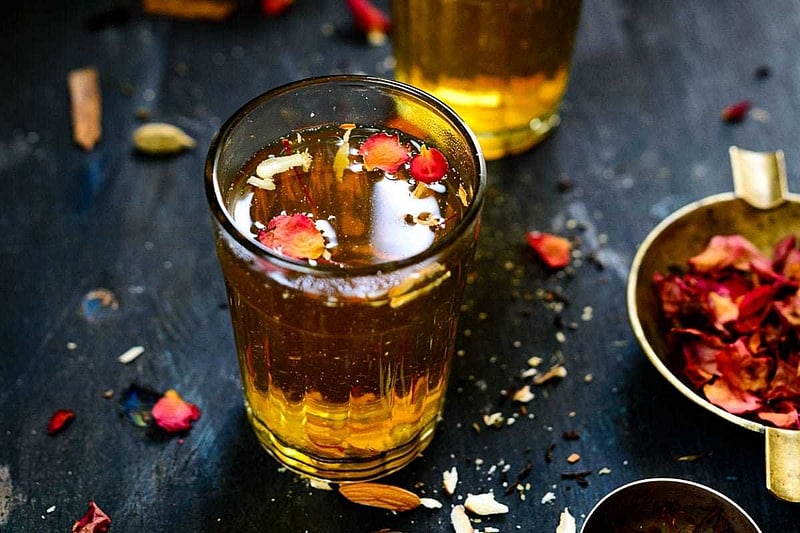
Tea at any and all times is supposed to be the thing in high altitude places: think Machu Picchhu in Peru and the coca leaf-based drink always kept handily everywhere to be had in hot water. Beats taking medicine to handle high altitude.
In Leh, as in so many other picturesque parts of the country, it is hard to escape Hindi films. So it was across Ladakh: in Leh, we visited the school which features in the film Three Idiots and at Pangong Tso, there are any number of props from the film, all by the lakeside, where you can pose and make believe you are in the film, for the last few scenes.
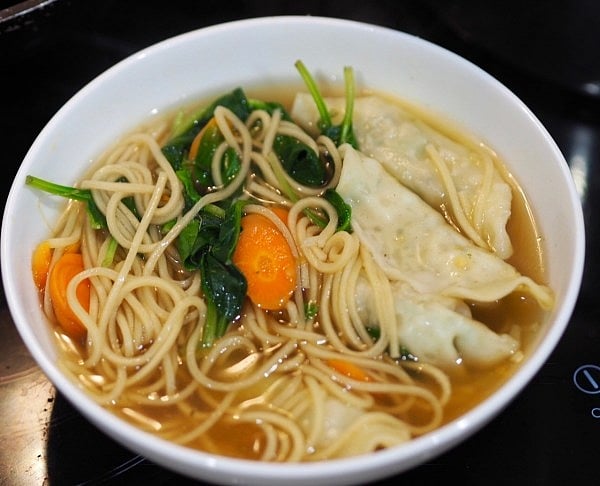
Our homestay in Leh was close to the market so it was easy to ask our hosts for the best of local cuisine and then walk to it. We started off with the familiar: momos, both steamed and fried, the Tibetan streetside food that is available all over the country. The large plate with fat, steaming hot momos meant we were done with just one dish since we had ordered one plate each of fried and steamed, veg and meat respectively!
Acclimatised, we were ready to explore the rest of the region so it was the highest pass, Khardung La, that we drove through. The youngest member of our group, a six-year old Mumbaikar, had never played in snow. Which he got to do in the short 10-15 minute halt which is all that one is allowed at the pass, making and throwing snowballs at all of us.
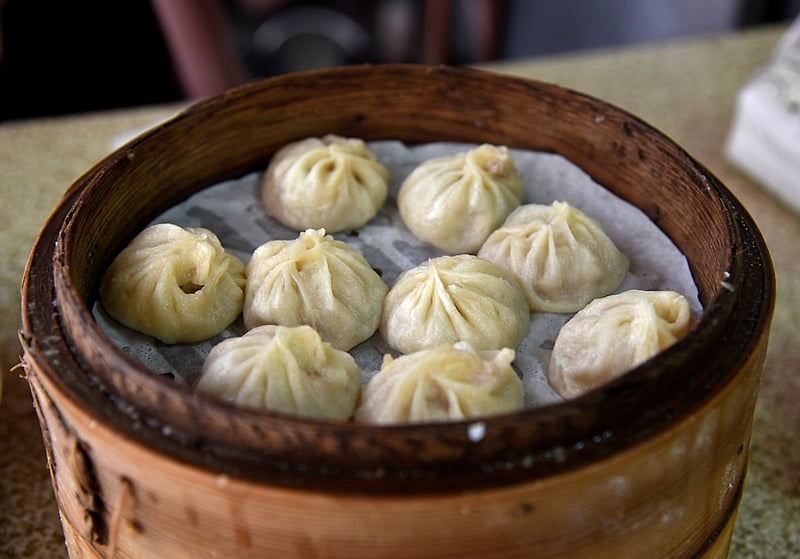
Crossing Khardung La we were in the Nubra valley and the mountains in the distance were the Karakoram, the gateway to Central Asia. Driving up to the monastery at Diskit, with its enormous statue of the Buddha and the lamasery on the neighbouring hill, all neat and tidy and picturesque as a postcard... in that otherwise stark landscape are images hard to
forget.
At Hunder, in the Nubra valley, are the two-humped Bactrian camels with rides available only in the afternoons, presumably after the camels have had their lunch and rest. A night halt in the Pratappur area (usually called Partapur sector) and the next day we went to Turtuk in the valley of the river Shyok. This is one noisy river, a tributary of the Indus which it joins in Gilgit, in Pak-occupied Kashmir (PoK), its fast-flowing water making a sound which can be heard in the fields high above the riverbed.
It was here, at Turtuk, that we had the famous Balti food and the region brings to life one’s mental images of Central Asia: high, sharp-edged mountains, poplar and willow trees, green patches in an otherwise stark landscape. There were also these fields, extensive ones, green leaves and white flowers which we discovered formed the staple of the region: buckwheat.
While in Turtuk, we met Sultan Manthal Beg, a descendant of the Yagoo dynasty that once ruled Baltistan. The elegantly turned out gentleman gave a quick rundown on the history of the region: a first person history lesson.
The next day we drove to Pangong Tso, the eastern end of the lake forming our border with China. Here, a lunch of thukpa, the soup-y noodles with vegetables, some chicken and dumplings making it a meal in a bowl, went down fast: the preparation was hot (temperature-wise) while there was a cool breeze blowing off the lake.
On the journey to Leh, we saw the sheep from which is sourced that valuable wool, Pashmina, tiny dots grazing far below in the valley. And the yak which provides the milk for yak cheese, a cheese that seems hard but is soft and slightly salty.
Ladakh is calling tourists through the year: the dead of winter sees the extreme kind who walk on frozen rivers and trek the mountains...For us, September was the right time, the apricot and apple trees still laden with ripening fruit, often to be plucked and popped straight into the mouth. Now that’s being close to nature.






.jpg)



